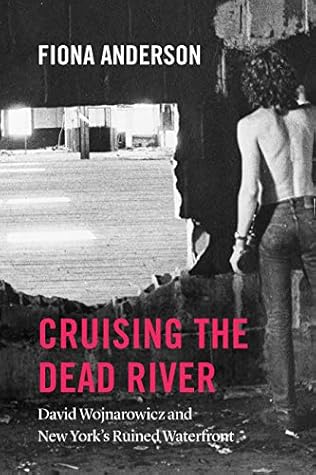This sense of loss points to a long-standing and deep-rooted view of New York as a city that progresses by destroying what came before, that continually rewrites the story of its own heritage and progress, a practice that gathered pace in the late 1970s with real estate developments, and concomitant tax breaks, designed to attract white-collar labor back to the city it had fled in the 1960s. This city, Gregg Bordowitz has suggested, “is about as archival as a trade paperback whose spine is meant to be broken by mass transit consumption.”21 By focusing on what archival traces remain and on
...more
Welcome back. Just a moment while we sign you in to your Goodreads account.


